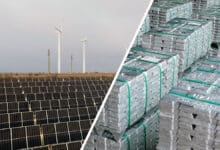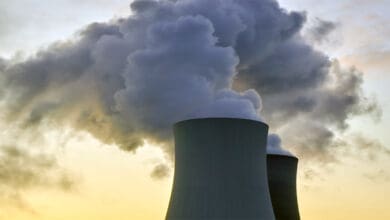China cut its coal use to 56.8% of energy consumption at the end of 2020, maintaining its target of below 58%, but overall coal consumption continued to rise amid record industrial output and the completion of dozens of coal-fired power plants. The rapid rollout of renewable-energy capacity and the growing use of natural gas has helped reduce the share of coal consumption from around 68% over the last decade and 57.7% a year earlier, but overall coal use has not peaked.
Coal consumption in the world’s biggest coal user and greenhouse gas emitter grew 0.6% last year, the fourth consecutive increase, the National Bureau of Statistics said on Sunday. The share of clean energy including natural gas, hydropower, nuclear and wind power rose 1 percentage point to 24.3% of consumption, it said.
Energy consumption increased by 2.2% to 4.98 billion tonnes of standard coal equivalent last year, with crude oil demand growing by 3.3% and natural gas by 7.2%. China has pledged to halt the rise in its carbon emissions before 2030 with targets to control energy consumption, especially coal-burning, and improve energy efficiency.
The amount of carbon dioxide China emitted per unit of economic growth fell 1.0% last year, the agency said in a statement. This carbon intensity has fallen about 19.2% since 2015, according to Reuters calculations based on official data, beating the five-year target of an 18% decline.
But China appears to have missed its target for cutting energy intensity for the period: it fell about 13.7%, according to Reuters calculations based on official data, less than the targeted 15%. The world’s second-biggest economy began to recover from the COVID-19 pandemic in the second half of 2020. By the end of the year, output of crude steel and plate glass had reached record highs, and the country processed a record amount of crude oil.
“Some local governments found the energy-control targets limited their industrial and economic development. By launching some mega-sized projects, they are struggling to meet the energy efficiency goal,” said Zou Ji, China president of the Energy Foundation, a non-government research group.













